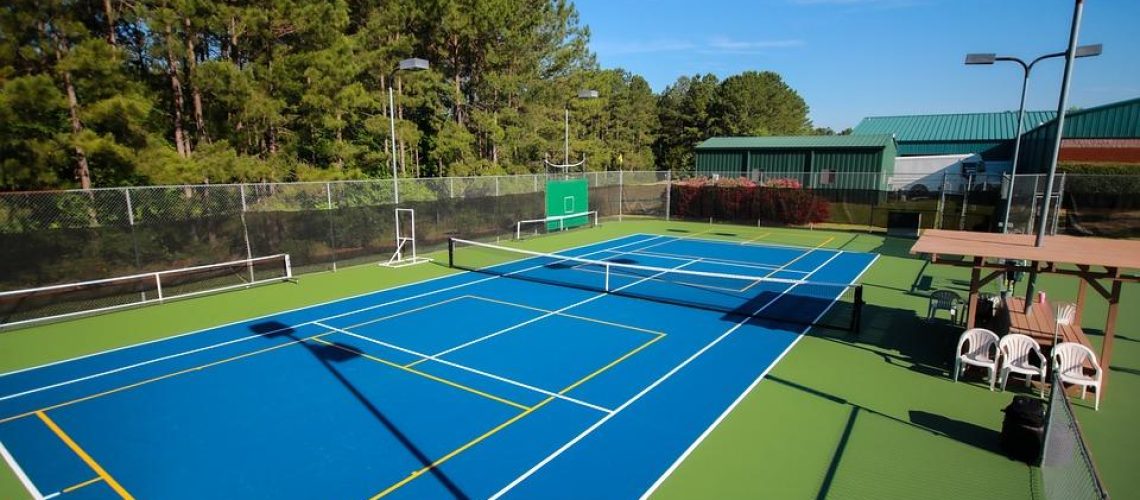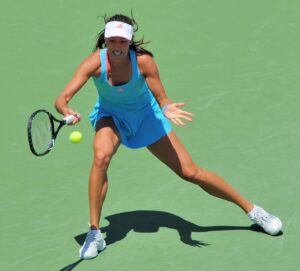We may earn money or products from the companies mentioned in this post.
A Quick Summary
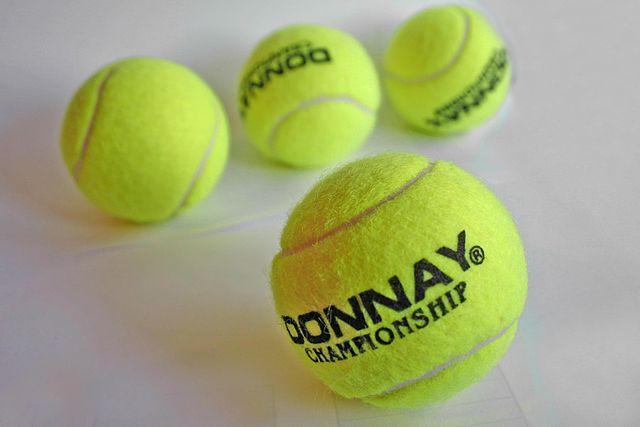
Tennis balls must meet specific standards set by the International Tennis Federation (ITF) for competitive play, and the manufacturing process must adhere to strict quality control measures. Variations of tennis balls are available for different skill levels and court surfaces, as well as for other racket sports such as badminton, squash, and paddleball. These variants cater to different skill levels and playing styles.
A Brief Overview of Tennis Balls and the Importance of Standard Size for Gameplay
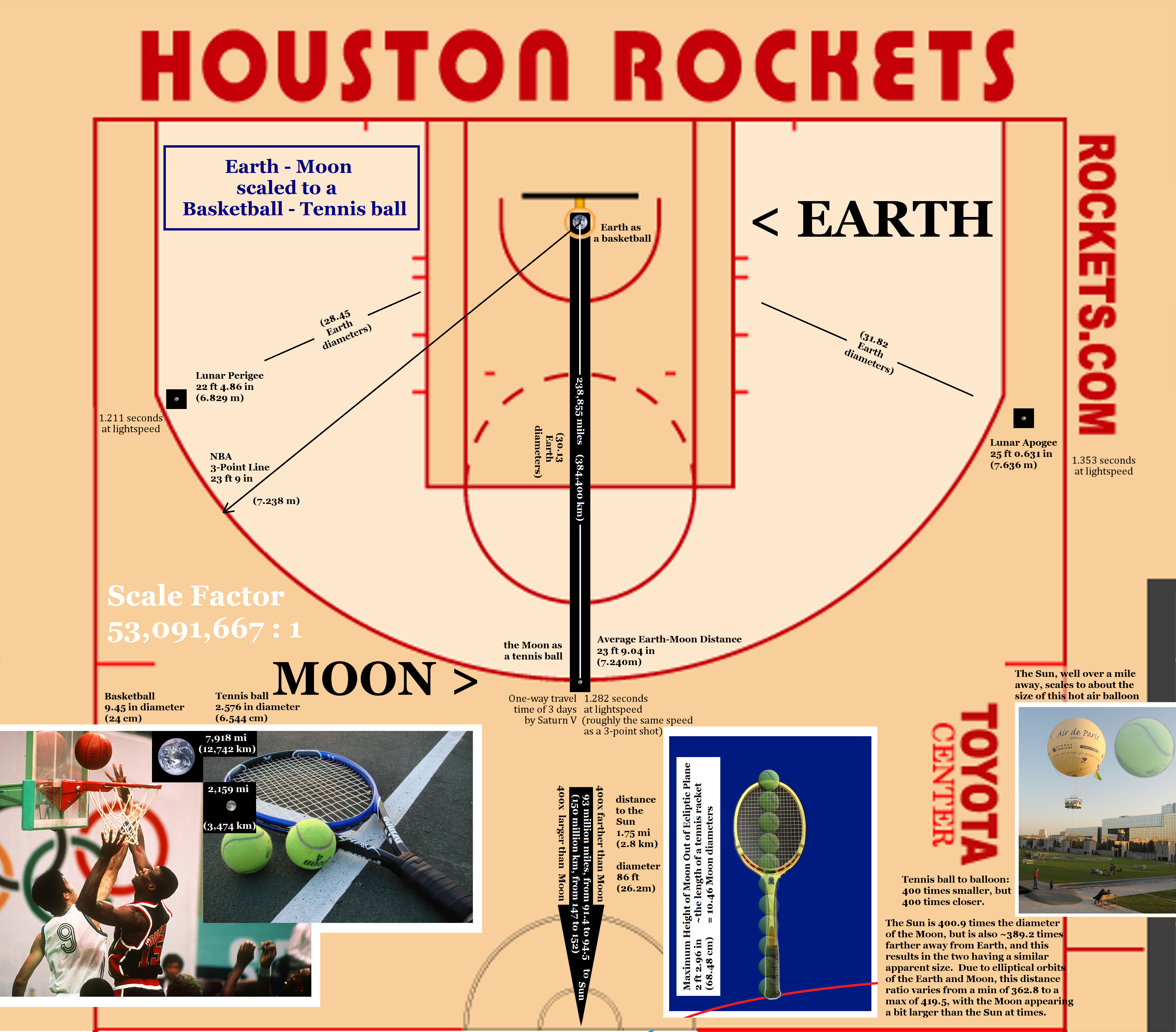
Tennis balls are an essential part of every tennis player’s equipment They come in different colors, brands, and types, but they all share one common purpose: to be hit back and forth over the net during a game But have you ever wondered what makes a tennis ball so special?
At first glance, tennis balls may seem like just another ball, but in reality, they are highly engineered products that undergo rigorous testing to meet specific standards The International Tennis Federation (ITF) is the governing body responsible for regulating and approving tennis balls for competitive play
The Anatomy of a Tennis Ball
A standard tennis ball is made up of three main components: the rubber core, which provides its bounce; the felt covering, which gives it its unique texture; and the adhesive used to attach the felt to the core Each component plays a critical role in determining how a tennis ball performs on the court
The Importance of Standard Size for Gameplay and Equipment Compatibility
The ITF has strict regulations regarding the size, weight, and bounce of approved tennis balls This standardization ensures that all players have access to consistent playing conditions regardless of location or tournament level
Furthermore, using non-standard or improperly sized tennis balls can result in equipment compatibility issues that affect gameplay For example, using oversized or undersized balls can make it difficult for players to hit accurately or judge their opponent’s shots correctly Additionally, some racquets may not be designed to handle non-standard ball sizes properly
In conclusion, understanding the importance of standard size when it comes to tennis balls is crucial both from a gameplay perspective as well as equipment compatibility standpoint By adhering strictly to these regulations set by ITF ensures fair and consistent play across all levels of competition
| Key Point | Importance |
|---|---|
| Adhering to ITF regulations | Ensures fair and consistent play across all competition levels |
| Standard tennis ball size | Affects gameplay, including shot accuracy and judgment of opponent’s shots |
| Equipment compatibility | Ensures proper racquet performance during play with standard-sized balls |
Official Tennis Ball Specifications
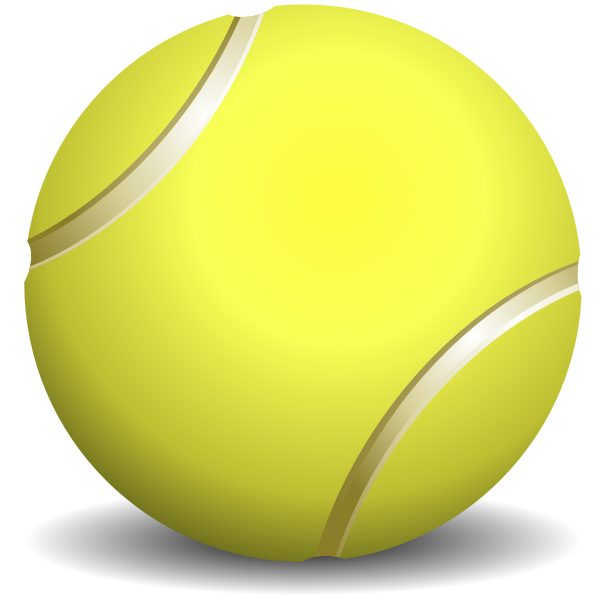
International Tennis Federation (ITF) Standards
When it comes to tennis balls, the International Tennis Federation (ITF) sets strict standards that govern their size, weight and rebound height These regulations are designed to ensure that all tennis balls used in official matches meet certain minimum requirements for consistency and playability
The diameter range of a regulation tennis ball must be between 2575 inches (654 cm) and 27 inches (686 cm), while the weight range must be between 2 ounces (56 grams) and 21 ounces (594 grams). Additionally, the rebound height of a dropped ball from a height of 100 inches must be between 53-58 inches
Types of Tennis Balls Based on Skill Level and Court Surface
The type of tennis ball used can also vary depending on the skill level of the players and the type of court surface being played on
Extra Duty/Regular Duty balls are commonly used for all-court play, with slightly thicker felt covering for extra durability on hard courts High Altitude balls are designed to have an adjusted internal pressure specifically for high-altitude locations where traditional tennis balls may not perform as well due to changes in atmospheric pressure
For junior players just starting out, Stage 1, 2, and 3 progression balls are often used to help them develop their skills gradually by playing with slower-moving or lower-bouncing balls until they progress to using regular tennis balls
Knowing which type of ball is appropriate for your skill level and court surface can significantly impact your game’s quality and performance level So whether you’re preparing for your next tournament or just enjoying some friendly competition with friends, choosing the right tennis ball can make all the difference!
| Ball Type | Skill Level | Court Surface |
|---|---|---|
| Extra Duty | Intermediate/Pro | All-court, Hard courts |
| High Altitude | Intermediate/Pro | High-altitude locations |
| Stage 1,2,3 | Junior Players | Progressive skill development |
Manufacturing Process and Size Variation Factors
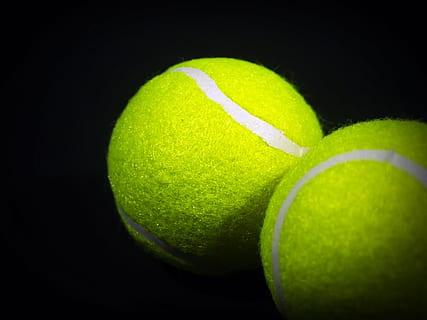
Materials Used in the Construction of a Tennis Ball
The materials used to construct a tennis ball play a crucial role in its performance on the court The rubber core composition is one of the most important factors, as it determines the ball’s bounce and speed Typically, manufacturers use a mixture of natural and synthetic rubber to create the hollow core of the ball The proportions of each material can vary depending on specific performance requirements
The felt shell material is another critical component that affects how the ball performs during play Manufacturers use different felt materials such as wool, nylon, or cotton blends, each with its unique characteristics Wool felt provides better durability and control while nylon felt offers more consistency in flight trajectory
Production Process Stages Affecting the Final Size
Several stages during production can affect the final size of a tennis ball One crucial stage is forming the hollow rubber core through an injection molding process that requires precise measurements to ensure uniformity across all balls produced
Another crucial stage is adhesion where manufacturers bond two halves of felt covers onto both sides of the rubber core using specialized adhesives and heat treatment processes Any deviation from standard dimensions during these stages can lead to size inconsistencies that could impact overall performance
Quality Control Measures to Ensure Uniformity
To ensure uniformity in size, weight, and other critical factors, manufacturers implement various quality control measures throughout their production process
One approach includes setting measurement tolerances for each stage of production while utilizing advanced inspection techniques like optical scanning systems capable of detecting deviations within microns
Any variation from standard dimensions due to manufacturing defects must be promptly identified and corrected before distribution to maintain consistent product quality levels
Ultimately, size variations resulting from poor quality control measures have significant impacts on tennis players’ experience, affecting ball flight, bounce, and overall performance on the court
| Factor | Impact on Tennis Ball Performance |
|---|---|
| Ball Flight | Size variations can cause inconsistent flight trajectories, affecting players’ ability to predict and react to shots. |
| Bounce | Deviations in size can lead to unpredictable bounce behavior, making it challenging for players to gauge ball responses off the court surface. |
| Overall Performance | Poor quality control measures resulting in size inconsistencies can significantly impact a tennis player’s experience and overall enjoyment of the game. |
Tennis Ball Alternatives and Non-Regulation Sizes
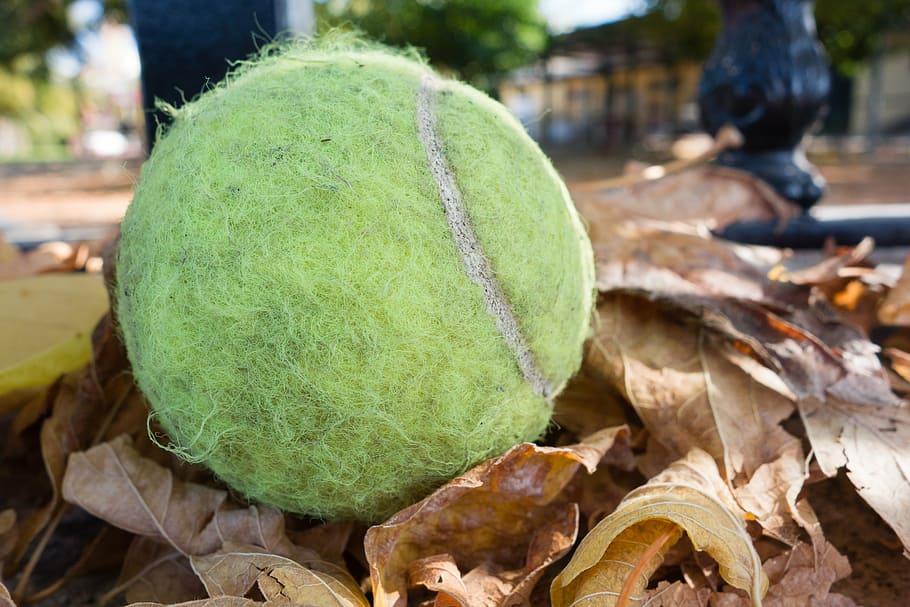
Oversized or Mini-Tennis Balls
Tennis balls come in a standard size, but oversized or mini-tennis balls have become popular alternatives for various purposes Oversized tennis balls are often used as training aids to help players improve their hand-eye coordination and reaction time Coaches also use them as promotional items to reward young players
On the other hand, mini-tennis balls are perfect for younger players who may struggle with hitting a full-sized ball They are also great for practicing volleys and serves, as they allow more control over the ball’s trajectory Additionally, mini-tennis balls can be used for playing indoor tennis games
When compared to regulation tennis balls, both oversized and mini-tennis balls differ significantly in size Oversized tennis balls have a diameter of around 9 inches, while regular ones have a diameter of approximately 27 inches On the other hand, mini-tennis balls usually measure about 15 inches in diameter
Specialty Tennis Ball Variants
Apart from oversized and mini-tennis balls, there are several specialty variants available in the market today One such type is water-resistant tennis balls that are designed explicitly for poolside games or beach activities These tennis balls consist of waterproof materials that prevent them from absorbing water and becoming heavy during play
Another variant is pressureless tennis balls that do not contain any internal air pressure like regular tennis balls do Instead, they feature dense rubber cores that offer consistent bounce over extended periods of playtime
Specifications for Other Racket Sports
While we focus on non-regulation sizes and variants of tennis ball here, it’s important to note that similar variations exist across other racket sports too! For example, badminton has feather shuttlecocks and plastic shuttlecocks, which are different in size and weight Squash balls also come in different sizes, weights, and speeds for varying skill levels Similarly, paddleball features several ball types of varying densities to suit the players’ preferred playing style
In conclusion, while a standard tennis ball is essential to play the game as we know it; there are various non-regulation sizes and specialty variants available that serve specific purposes From oversized training aids to water-resistant options for beach games, these alternatives cater to diverse needs within the sport
| Sport | Equipment Variant | Key Points |
|---|---|---|
| Badminton | Feather & Plastic Shuttlecocks | Different in size and weight |
| Squash | Various Ball Sizes & Speeds | Cater to different skill levels |
| Paddleball | Differing Ball Densities | Suit players’ preferred playing styles |
Useful Links

Bigger Balls May Slow Tennis Matches
How Big is a Tennis Ball in Inches?
Baseball Vs Tennis Ball (Size, Weight, Color, Materials)
Tennis Balls in a Can
At U.S. Open, Love Is Extra Large for the Jumbo Ball
How big is this compared to a tennis ball?
Athletic Works 2-Pack 5″ Oversized Tennis Balls, Green …
Mini Tennis Ball “SLOcoach Big Red”
HART Big Felt Tennis Balls
Penn Big Four Inch Tennis Ball
Wilson US Open Jumbo Tennis Ball Yellow
Tennis Balls – Sports
JUMBO Tennis Ball – 8-inch diameter
xl tennis ball 8.5 | let go & have fun
Giant Tennis Ball
Giant Autograph Tennis Ball – Yellow
Colors & Numbers on Tennis Balls

